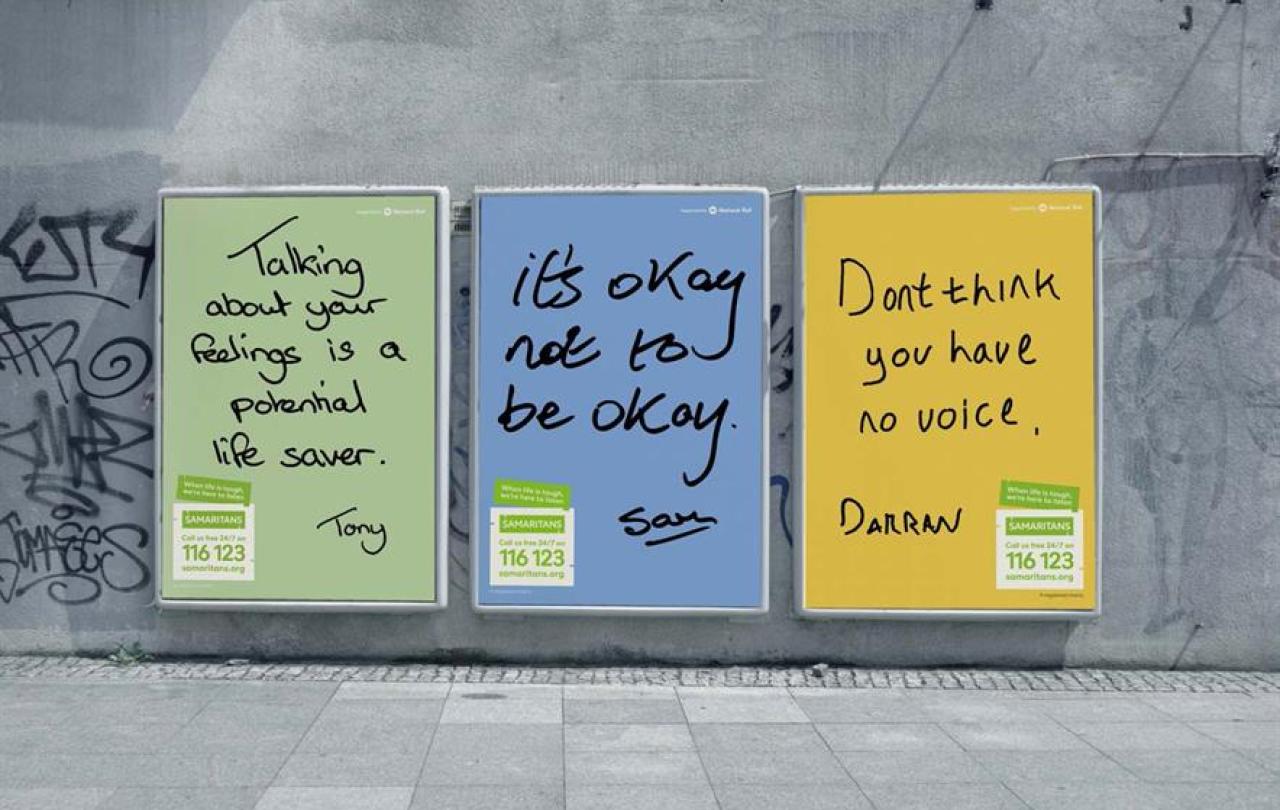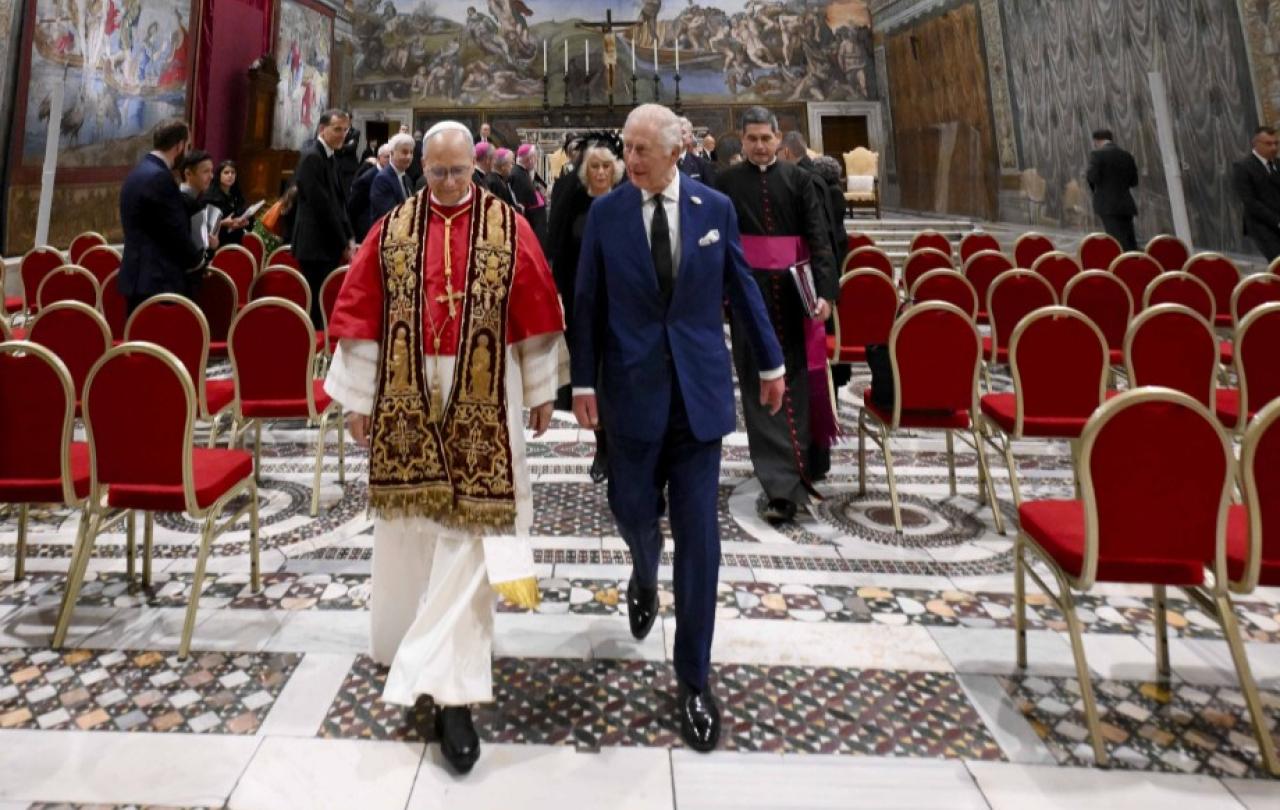
On Friday, Kim Leadbeater’s assisted suicide bill will return to the Commons for a second day of report stage proceedings – when MPs consider amendments. Third reading, when the House votes on the bill itself, is expected to take place the following Friday. Opponents of this controversial bill will be hoping that enough MPs feel uneasy about it to say ‘this far and no further’. They will need around 30 MPs to have changed their minds since a vote last year in order for a defeat of the legislation to be assured.
As politicians have weighed this issue, there’s been a conspicuous silence from one constituency you’d expect to have been outspoken: suicide prevention organisations. People might be surprised to know that Samaritans, perhaps the best-known suicide prevention charity in the UK, a cornerstone of prevention efforts since the 1950s, did not submit evidence on the bill before Westminster or a separate bill at Holyrood. Other groups like Suicide Prevention UK (SPUK) and Papyrus have also been silent. One has to wonder why, given the bearing a law change would have on their work.
Suicide prevention charities and their volunteer counsellors do incredible work. Over the years, millions of people in desperate circumstances have received life-changing support. Today, every person contacting a suicide prevention helpline is told that their life has value, and that there is hope in the bleakest of circumstances. Every caller without exception is also told not to harm themselves. But this couldn’t continue under an assisted dying law. A two-track approach would have to be devised, depending on a caller’s circumstances. A scenario helps to illustrate this point:
Caller: “I am thinking about ending my life”.
Adviser: “Please know that there is hope. I’m here to listen and I can offer support, so you don’t have to make that choice.”
Caller: “Well, I have terminal cancer you see…”
Adviser: “Oh, sorry, I need to put you through to a colleague. Your situation is a bit more, err, complex. You need to know your legal rights”.
Some proponents of assisted dying are quick to dismiss concerns about suicide prevention, arguing that assisted dying and suicide are wholly separate categories. However, this argument doesn’t hold water. Whilst campaigners use euphemistic terminology and employ Orwellian rhetoric about ‘exercising choice at the end of life’, and people ‘shortening their deaths’, it is clear that the bills they promote would permit suicide with the enablement of the state.
An assisted dying law would see doctors prescribing lethal drugs to certain patients which they can take to end their own lives. The dictionary definition of suicide — “the act of killing yourself intentionally” — has not changed. Neither has legislation giving expression to this idea. Logically and legally then, assisted dying involves suicide.
Samaritans is clear on this. A ‘policy brief’ on assisted dying published in November — the most recent statement on the issue by the organisation — begins by saying that it usually applies to terminally ill people and involves “assisting the person who is terminally ill to hasten their own death”, adding: “The act that kills them is performed by the person themselves”. Their death is a suicide, in other words.
You might assume an organisation that says, “every suicide is one too many”, whose stated aim is to see “fewer people die by suicide”, would be opposed to assisted dying - or at the very least concerned about it. However, Samaritans goes on to say that it does not “take a position on whether assisted dying is right or wrong, or on what the law should be on this matter”. Why? Because it “would involve making a range of judgements” that could compromise people’s “perception of our ability to provide non-judgemental emotional support”.
Samaritans and other suicide prevention organisations should be intensely interested in what the law says. The introduction of assisted dying in any part of the UK would mean suicides being condoned and enabled in healthcare settings for the first time — a radical departure from the existing approach. Professionals always counsel against suicide, no matter a person’s motivation for wanting to end their life. Every citizen is precious, and every life worth saving.
Prevention organisations must also realise that a change of this gravity will have a wider impact on culture. Research shows a rise in non-assisted suicides in countries that have introduced the practice. Sending a message that some suicides are permissible might make their prevention work harder. Organisations saying nothing in the face of all this is astonishing.
As noted above, assisted dying poses practical questions as well as philosophical ones. If the law changes, organisations will no longer be able to adopt a universal approach to suicide prevention. A call to a suicide prevention helpline from a terminally ill person will have to be handled differently to a call from a person who is not terminally ill. For some, suicide would be a healthcare ‘right’. How will organisations navigate this? Doesn’t it concern them?
There has been some advocacy from individuals engaged in suicide prevention, if not from organisations. In February 2024 psychiatrists wrote to The Times to warn that the Westminster assisted dying Bill would “undermine daily efforts to prevent suicide”, particularly among the elderly. Louis Appleby, the UK Government’s suicide prevention adviser has also spoken against a change in the law, arguing that it would harm efforts to drive down suicides.
Appleby explained, “once the principle behind suicide prevention has been set aside, once any part of the ground has been ceded — not only to allow suicide but to assist it — we have lost something we may not get back. There are countless causes of irremediable hardship, many reasons people may want to make despairing choices. Could they become exceptions to suicide prevention too?” This principled position is exactly what you’d expect from someone whose job is protecting hurting people, no matter their personal situations.
I’m loath to criticise suicide prevention groups as I deeply appreciate their work. However, by not contributing to the debate on assisted dying, they are abdicating their responsibility to shape a policy that would impact their mission, and the people they serve. A policy that would lead to state-sanctioned suicides and impact culture in profound ways. It’s terribly sad to see groups that fight to end suicides failing to stand against a policy that would harm their work. Failure to speak today may be viewed as a dereliction of duty in years to come.
With a final vote on Kim Leadbeater’s Bill days away, and the decisive vote on Scottish plans not due for months, there is still time for suicide prevention groups to enter the fray. I pray that they will.
Support Seen & Unseen
Since Spring 2023, our readers have enjoyed over 1,000 articles. All for free.
This is made possible through the generosity of our amazing community of supporters.
If you enjoy Seen & Unseen, would you consider making a gift towards our work?
Do so by joining Behind The Seen. Alongside other benefits, you’ll receive an extra fortnightly email from me sharing my reading and reflections on the ideas that are shaping our times.
Graham Tomlin
Editor-in-Chief





